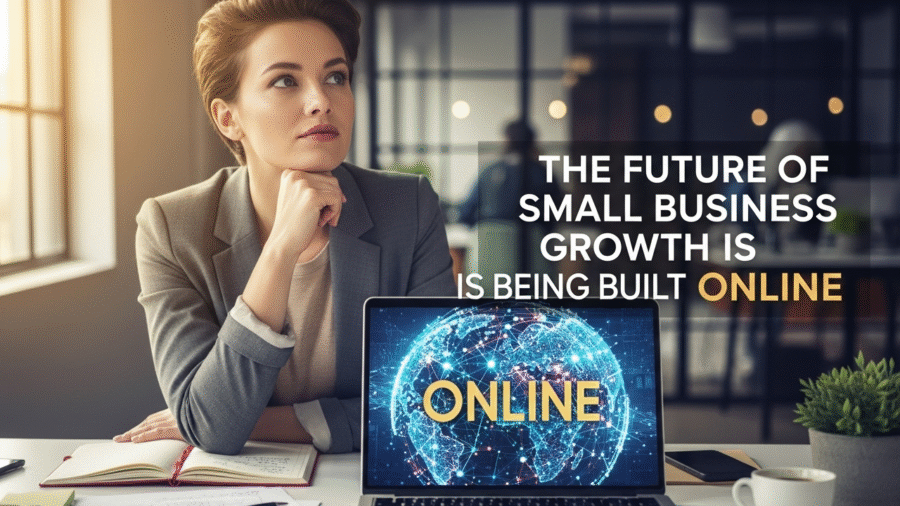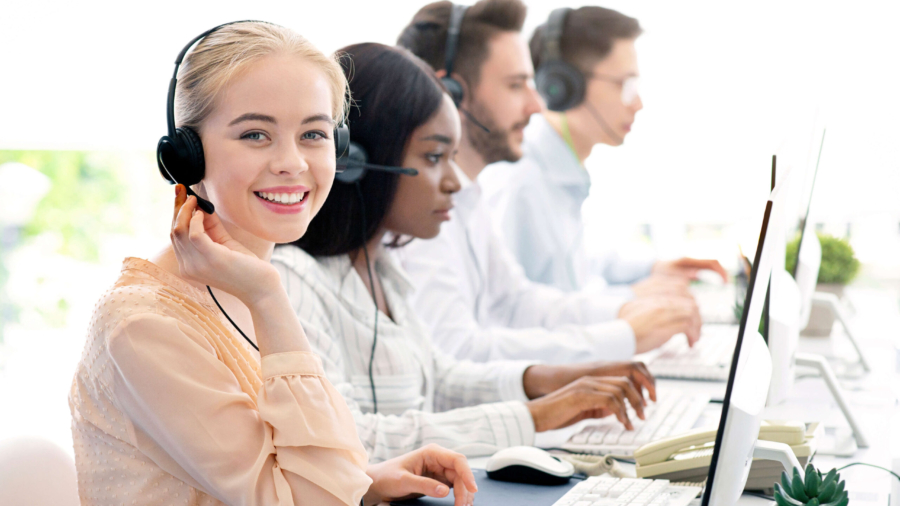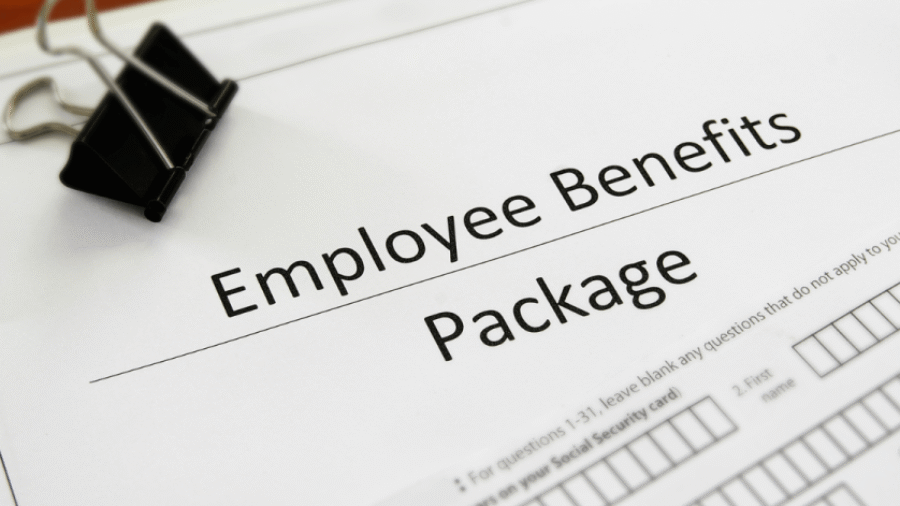In the bustling world of e-commerce, the ability to close more deals can often feel like a high-stakes game. It’s not just about having the right products; it’s about presenting them in a way that captivates your audience and compels them to make a purchase. E-commerce merchandising is an art and science combined, where each element plays a crucial role in converting visitors into loyal customers. Strategies that may have worked yesterday might not cut it today, so let’s dive into some advanced strategies that promise to elevate your e-commerce business.
Table of Contents
Understanding Your Audience
To excel in e-commerce merchandising, understanding your audience is paramount. Picture this: you’re in a crowded marketplace, and a vendor yells out, “Take a look at this! Just what you need!” Instinctively, you pause, intrigued by the confidence and precision of the offer. The vendor knew what you wanted before you did. This is the power of understanding your audience. By analyzing data and customer behavior, you can tailor your merchandising strategies to resonate more deeply with your potential buyers.
Crafting Compelling Product Descriptions
Words have power. They can flutter like a delicate butterfly, captivating and enchanting. In e-commerce, product descriptions are your chance to tell a story, to make your products come alive. Use vivid imagery and emotive language to paint a picture of the product’s benefits and potential uses. Avoid generic and uninspiring descriptions. Instead, weave narratives that allow your customers to envision their lives enriched by your products.
Dynamic Pricing Strategies
In merchandising in e-commerce, pricing isn’t static. It’s a dance, a strategic play that can captivate your audience. Implementing dynamic pricing strategies can help you stay competitive. This doesn’t mean constant changes that confuse your customers, but rather calculated adjustments based on market trends, demand fluctuations, and competitor pricing. Dynamic pricing can create a sense of urgency and exclusivity, motivating customers to act swiftly.
Personalization and Recommendations
Imagine walking into a store, and the salesperson, with a glint in their eye, immediately suggests a product that fits your style perfectly. This is the essence of personalization in e-commerce merchandising. By utilizing AI and machine learning, you can offer personalized recommendations that make your customers feel seen and valued. Personalized emails, special discounts, and product suggestions based on previous purchases can greatly enhance the shopping experience.
Leveraging Social Proof
In the digital world, trust is a currency. Social proof—reviews, testimonials, user-generated content—builds that trust. Customers are more likely to make a purchase when they see others have had positive experiences. Encourage satisfied customers to leave reviews and share their experiences on social media. This creates a community around your brand and reassures potential buyers of your credibility.
Optimizing Visual Merchandising
Visuals speak louder than words in the realm of ecommerce virtual merchandising. High-quality images, videos, and even 360-degree views can significantly impact a customer’s decision-making process. Think of visuals as the cornelian stone of your e-commerce site—precious and eye-catching. They should not only showcase the product but also evoke emotions and aspirations. Investing in professional photography and videography can set your brand apart and create a memorable shopping experience.
Seamless Mobile Experience
In today’s fast-paced world, a seamless mobile experience is crucial. More than half of online shopping is done on mobile devices, making it imperative that your website is mobile-friendly. Ensure that your site loads quickly, is easy to navigate, and that the checkout process is smooth. A frustrating mobile experience can lead to abandoned carts, diminishing your chances of closing deals.
Creating Urgency and Scarcity
Creating a sense of urgency and scarcity can be a powerful motivator. Limited-time offers, countdown timers, and highlighting low stock levels can encourage customers to make a purchase decision faster. However, it’s essential to use these tactics ethically. When done right, they can significantly enhance your merchandising in e-commerce strategy and boost sales.
Enhancing Customer Support
Excellent customer support can be the difference between a one-time buyer and a loyal customer. Make sure that your support team is easily accessible and well-trained to handle any inquiries or issues. Offering live chat, a comprehensive FAQ section, and swift response times can enhance the customer experience and increase the likelihood of closing a sale.
Experiment and Adapt
The e-commerce landscape is ever-changing, and staying ahead requires a willingness to experiment and adapt. Test different strategies, analyze the results, and tweak your approach accordingly. This is the essence of e-commerce merchandising excellence. Embrace change as an opportunity for growth, and let data guide your decisions.
The journey to closing more deals is filled with challenges, but it’s also rich with opportunities. By leveraging these advanced strategies, you can transform your e-commerce business into a thriving and dynamic entity. Remember, it’s not just about selling products; it’s about creating experiences that resonate with your audience and foster lasting relationships. As you refine your approach to merchandising in e-commerce, you’ll find that success is not just a destination, but a journey of continuous learning and adaptation. Let your strategies take flight, let your creativity flutter, and may your brand shine like a cornelian gem in the vast digital marketplace.











